Colloquium Maria Skłodowska-Curie

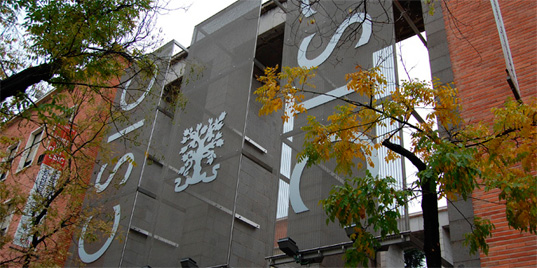
This series of colloquia sees the light driven by the shared interest of several Institutes of the Spanish National Research Council (CSIC) that want to bring to society the latest scientific advances and the vision of the world arising from them. The ultimate goal is transmitting the message that science is a public good that must be made approachable to all citizens. An effective way to send this message is through the dissemination of knowledge that combines rigor with accessibility. With this spirit, this series wants to gather internationally renowned personalities from a variety of research fields and from the world of culture, so that they share their experience with the general audience.
Next colloquium
April 8, 2025 – Alberto Loarte

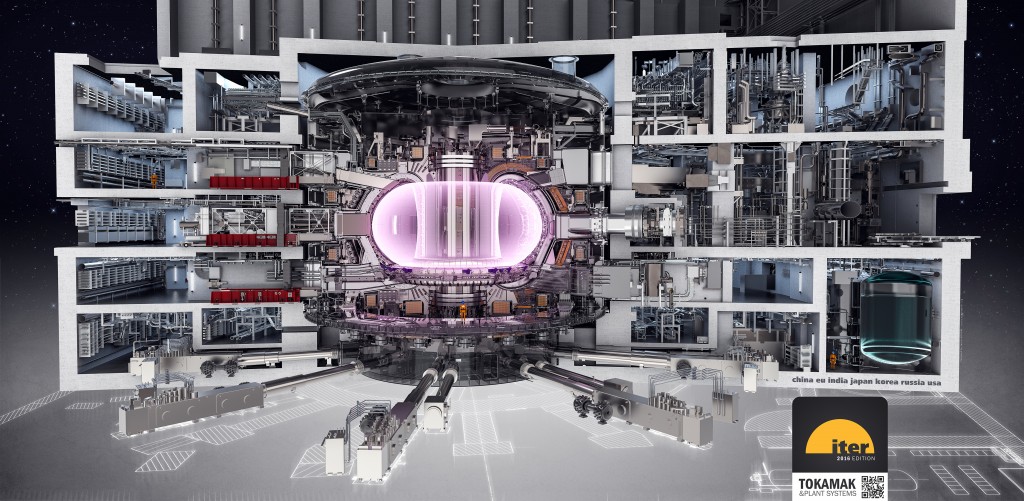
Fusion energy is a potential option for medium-term energy supply that has clear advantages over many other current alternatives: it is very efficient in terms of the amount of fuel needed, it does not produce greenhouse gases or high-activity, long-lived nuclear waste, and it is safe, as a nuclear chain reaction is not required.
The basic process for producing fusion energy is the same as that taking place in stars. Its reproduction on Earth requires heating hydrogen to very high temperatures (reaching the state of matter known as plasma) and reducing thermal losses, which represents both a scientific and technological challenge. The ITER project, an international experimental thermonuclear reactor, aims to scientifically and technically demonstrate that nuclear fusion can be a source of energy, and is based on the use of intense magnetic fields to maintain hydrogen plasmas at very high temperatures.
The presentation will describe the objectives of the project, its scientific and technical basis, the status of component manufacturing and reactor assembly, as well as plans for its scientific exploitation. The physical processes behind the behaviour of thermonuclear fusion plasmas in the ITER tokamak will also be described, as well as their relationship to the physical and technological operational limits affecting the efficiency of fusion energy production.
Past colloquia
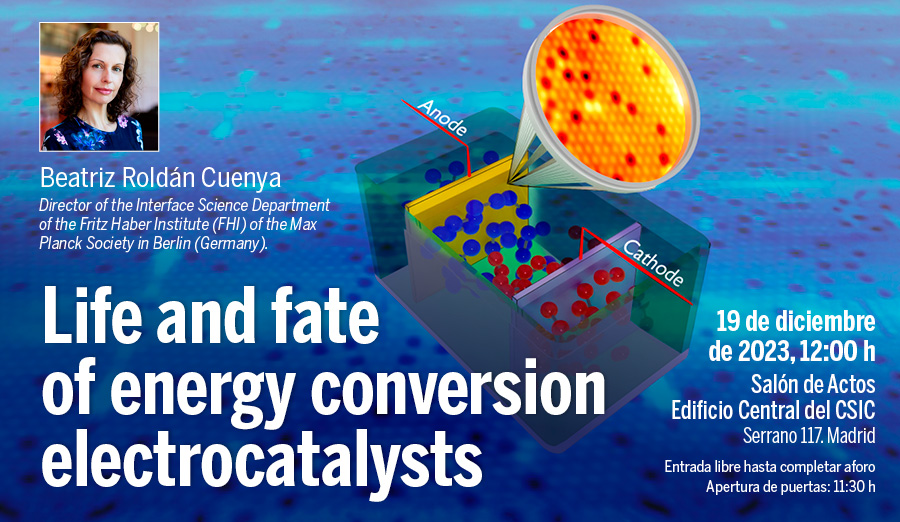
Beatriz Roldán Cuenya – Life and Fate of Energy Conversion Electrocatalysts
Department of Interface Science, Fritz Haber Institute of the Max Planck Society, Berlin, Germany
December 19, 2023, 12:00
Assembly Hall
CSIC Central Building
Serrano 117
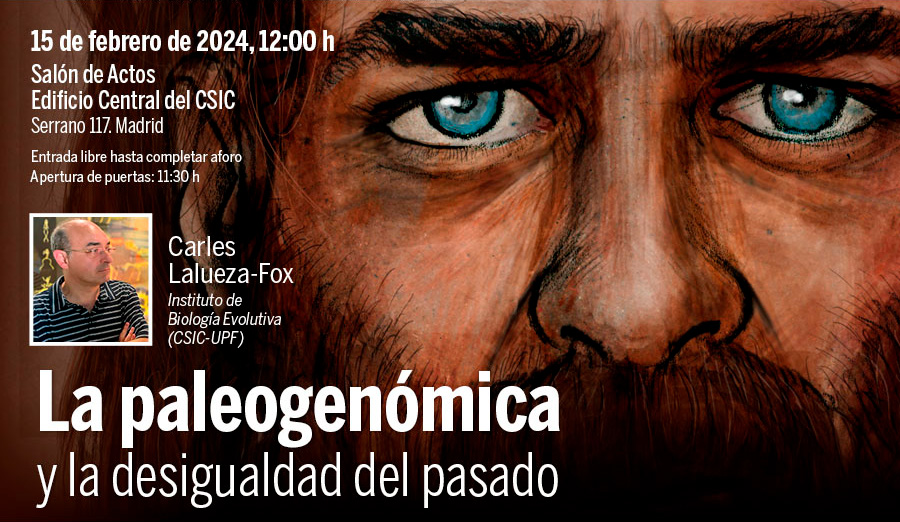
Carles Lalueza-Fox – La paleogenómica y la desigualdad del pasado
Institute of Evolutionary Biology (CSIC-UPF)
February 15, 2024, 12:00
Assembly hall
CSIC central building
Serrano 117
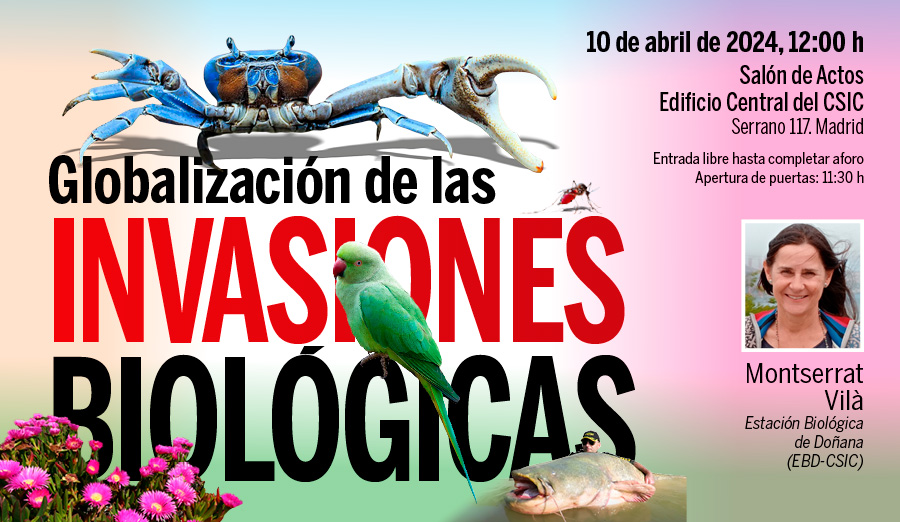
Montserrat Vilà – Globalización de las invasiones biológicas
April 10, 2024, 12:00
Assembly hall
CSIC central building
Serrano 117

Anthony J. Ryan – Making Science Work for Refugees and Refugees Work for Science
Professor of Chemical Physics at the University of Sheffield and Founding Director of the Grantham Centre for Sustainable Futures
23 May 2023, 12:00
Assembly Hall
CSIC Central Building
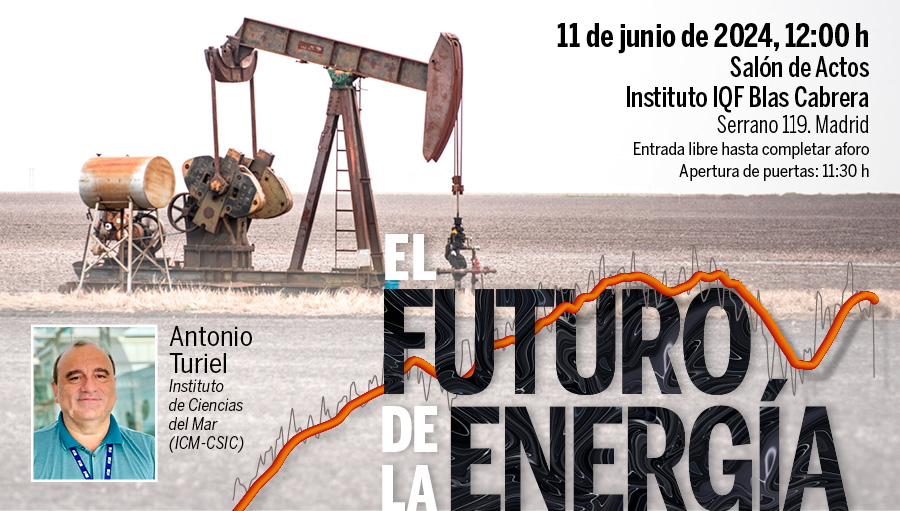
Antonio Turiel – El futuro de la energía
Institute of Marine Sciences
June 11, 2024, 12:00
Assembly hall
IQF Blas Cabrera Institute
Serrano 119


